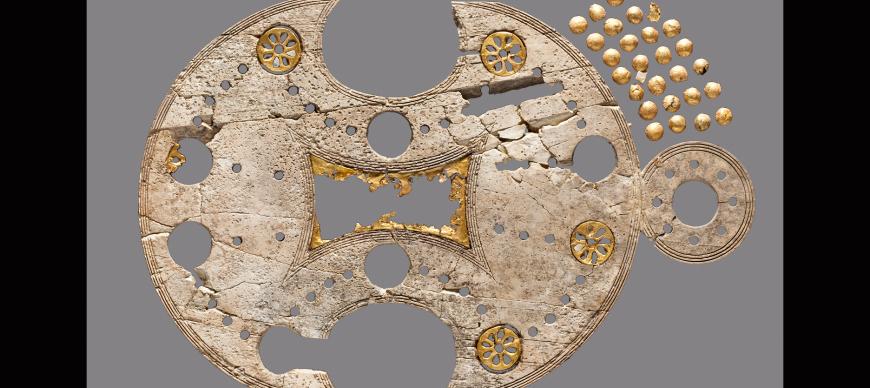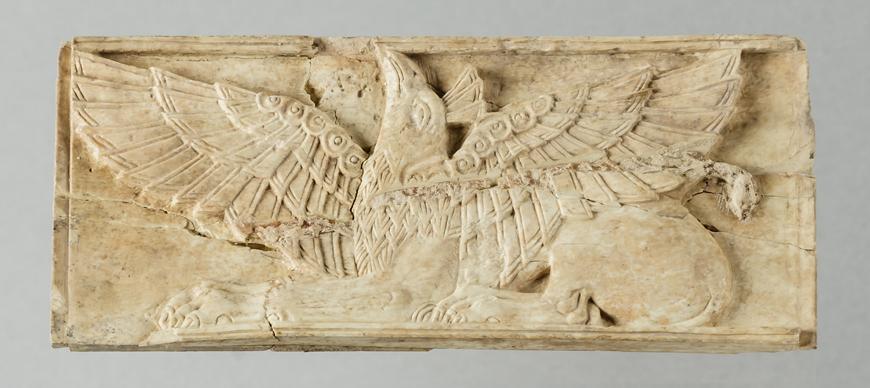The Haas and Schwartz Megiddo Gallery features objects that offer a look into this city—the setting of biblical Armageddon—that was strategically located on the most important land route linking North Africa and the Mediterranean with West Asia. ISAC’s excavations at Megiddo are documented by objects such as lamps, weapons, and ceramics arranged in stratigraphic order to illustrate how archaeologists were able to recreate the site’s occupation and culture across millennia. Highlights include the expertly crafted Megiddo ivories, whose artistic style is evidence for the Late Bronze internationalism; a gold-covered statue of the Canaanite deity El; a fragment of the Dead Sea Scrolls; and a cast of the Mesha Stela (Moabite Stone).
ISAC’s Megiddo Expedition (1925–39) excavated most of the artifacts on display in this gallery.




